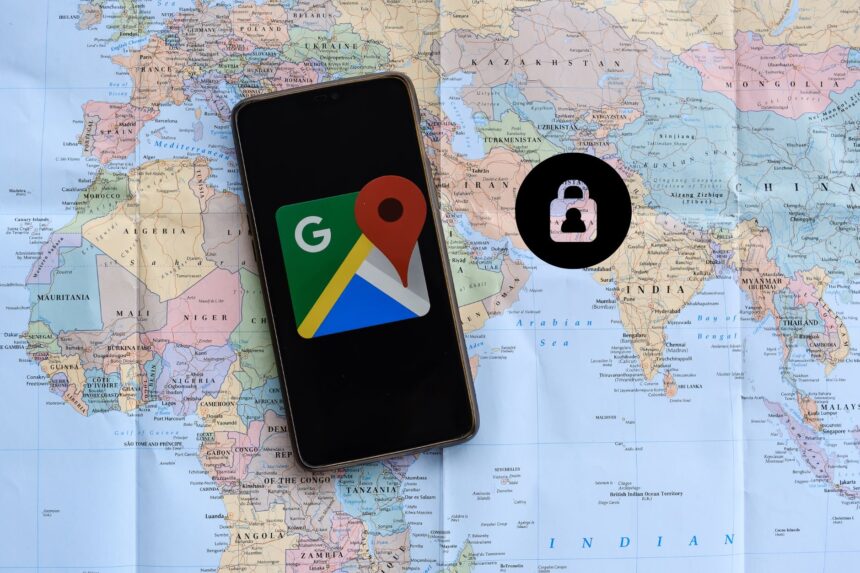May 6, 2024: Google is making significant changes to the way it stores user location data, aiming to provide better privacy and control. The tech giant announced in December that the location history collected by its Maps app would transition from cloud storage to being stored directly on users’ devices. This feature is now reportedly being rolled out in batches.
With location data stored on-device, users can access their location history through a timeline on their Android and iOS devices. However, this change means that browser-based Google Maps will no longer display a location history timeline since the data is not saved on the cloud.
In addition to these storage modifications, Google has rebranded the location history feature as “Timeline.” Previously known as “Your Timeline,” this feature displays all the places users have visited, categorizing the history into Trips, Places, Cities, and World. It also offers insights into the distances traveled using various modes of transport.
The google maps rollout is happening in phases, with Google notifying users via email or app notifications about the availability of this new feature. Users are prompted to transfer their location data to their devices through an updated app button. If users do not transfer their location history by the specified deadline, they risk losing their Timeline data, including visits and routes.
Google Rolls Out On-Device Timeline for Google Maps Location History
Google emphasizes the importance of this transition, stating: “If you don’t update your settings by the deadline in the emails and notifications you receive, you may lose some or all of your Timeline data, like your visits and routes.”
To prevent data loss during device changes, Google offers an option to automatically back up the Timeline. These backups are encrypted and stored on Google’s servers, accessible exclusively to the user. This ensures that location history can be imported to a new device securely.
This new feature is available for users of the Google Maps app and not for the web version. Consequently, location data will not sync across different devices, emphasizing the need for users to manage their data locally.
By shifting location data storage to user devices, Google aims to enhance user privacy and control, aligning with growing demands for better data security and personal data management.





